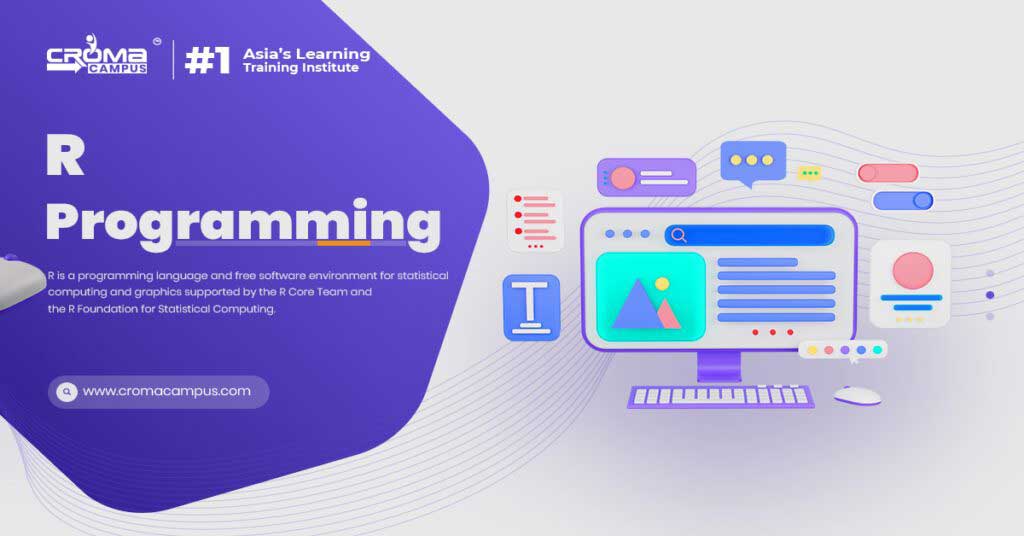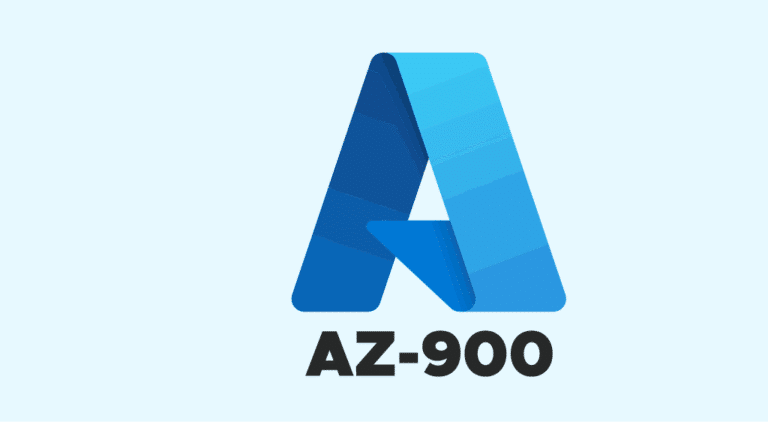Introduction
R programming has emerged as a powerhouse in the world of data analysis and statistical computing. With its rich ecosystem of packages and libraries, R has become the go-to choice for professionals across diverse fields. The R Programming Online Course aims to provide the best training to aspiring professionals.
In this article, we’ll explore the top 10 practical uses of R programming, highlighting its versatility and impact in areas such as data analysis, machine learning, finance, healthcare, and more.
What Is R Programming?
R programming is a language used for statistical computing and graphics, favoured for its versatility and extensive libraries. It’s ideal for data analysis, visualization, and statistical modelling tasks. With its user-friendly syntax and vast community support, R has become popular in various fields, from academia to industry. It allows users to manipulate data, conduct statistical tests, and create visualizations to gain insights and make informed decisions.
R is open-source, meaning it’s freely available, making it accessible to anyone interested in data analysis. Its flexibility and robustness have made it a staple tool for statisticians, data scientists, researchers, and analysts worldwide. Whether you’re analysing survey data, building predictive models, or conducting experiments, R programming provides the tools and resources necessary to tackle complex data challenges effectively.
Its extensive collection of packages caters to a wide range of needs, from basic data manipulation to advanced statistical analysis. In essence, there are numerous Advantages of R Language. It serves as a powerful tool for exploring, analysing, and visualizing data, driving innovation and discovery across various domains.
Top 10 Uses Of R Programming
R programming language has become a versatile tool in various fields due to its powerful data analysis and visualization capabilities.
Here are the top 10 practical applications of R programming:
1. Data Analysis and Visualization
R is widely used for analysing and visualizing data. Its vast collection of packages like ggplot2 allows users to create stunning visualizations to understand complex datasets easily.
2. Statistical Modelling
R provides an extensive range of statistical functions and packages for conducting advanced statistical analyses. From simple linear regression to complex multivariate analysis, R is a go-to tool for statisticians and data scientists.
3. Machine Learning
R offers numerous packages such as caret and mlr for implementing machine learning algorithms. It’s an excellent choice for building predictive models, clustering data, and performing classification tasks.
4. Bioinformatics
R is extensively used in bioinformatics for analysing biological data such as DNA sequences, gene expression data, and protein structures. Aspiring professionals can join the R Programming Online Course for the best skill development. Bioconductor, a collection of R packages, provides tools for genomic data analysis.
5. Finance
In finance, R is employed for tasks like risk management, portfolio optimization, and algorithmic trading. Packages like quantmod facilitate financial data analysis, visualization, and modelling.
6. Social Sciences
Researchers in social sciences utilize R for analysing survey data, conducting experiments, and performing statistical tests. R’s flexibility allows researchers to customize analyses according to their specific research questions.
7. Economics
Economists use R for econometric modelling, time series analysis, and economic forecasting. Packages like forecast are commonly used for analysing and predicting economic trends.
8. Healthcare Analytics
R is increasingly being adopted in healthcare for analysing patient data, clinical trials, and medical imaging. It helps healthcare professionals make informed decisions and improve patient outcomes.
9. Environmental Science
Environmental scientists rely on R for analysing environmental data, conducting spatial analysis, and modelling ecological systems. Packages like raster and sp are used for handling spatial data.
10. Education
R is becoming a popular tool in education for teaching statistics, data analysis, and programming. Its open-source nature and extensive documentation make it accessible to students and educators alike.
Conclusion
To sum up, there are innumerable Advantages of R Language. It offers a wide range of applications across various industries and disciplines. Its versatility, coupled with an active community of developers and users, makes it an indispensable tool for data analysis, statistical modelling, and beyond. Whether you’re a data scientist, researcher, or educator, mastering R programming can open doors to endless possibilities in data-driven decision-making and research.




